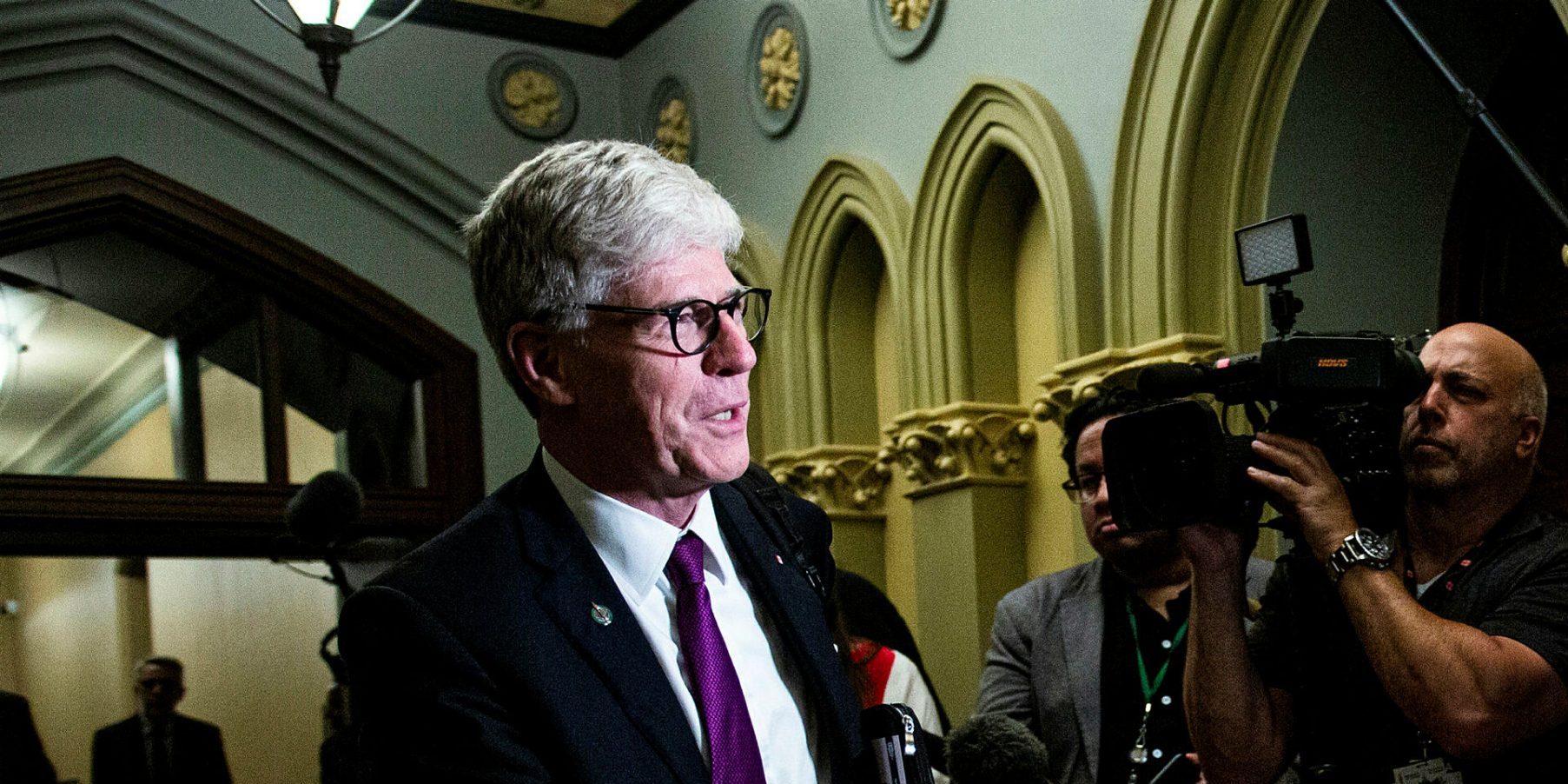Build smarter, baby: Canada needs to transform the way we make things

Canada stands at a watershed moment. The days when our economic health rested on easy access to the American market are over. Whatever trading regimes emerge in its place, one thing is certain: making the same things in the same old ways will not deliver the prosperity and economic sovereignty we need.
The Canadian economy needs a transformation, not more tinkering. The world is racing to retool its industrial base. Other countries are investing heavily in advanced manufacturing, combining robotics, sensors, machine vision, artificial intelligence, and cyber security to build products faster, cleaner and at lower cost.
Protecting Canadian companies and industries in this new reality means keeping pace with that global transformation. Yes, Canada has world-class researchers and innovative firms. But our industrial base is still built on old production models, with fragmented supply chains, siloed expertise, and slow adoption of new technology.
To change that, we need to change our mindset about how we make and build things. Upending the status quo will not happen by encouraging firms to chase flashy technologies for their own sake. Companies do not buy “technology.” They buy solutions to real-world problems like reducing costs, shortening build times, and cutting waste and emissions.
Competing globally means shifting from producing more to producing smarter. That requires combining new and existing technologies into fit-for-purpose systems that deliver results. At NGen, Canada’s global innovation cluster for advanced manufacturing, we see every day how bringing technologies together inside production systems accelerates commercialization and strengthens supply chains.
It is this kind of collaborative approach that Canadian businesses must adopt to compete globally, and to build the homegrown supply chains that can secure our economic future. Canada’s industrial landscape is full of small and medium-sized firms with great ideas. They need platforms and networks to connect their solutions and scale them up.
Here’s an important example. For all our focus on developing domestic AI capabilities, the key challenge remains how to embed those algorithmic models into manufacturing systems alongside other technologies, from sensors that capture the raw data to the cyber security that protects it.
As the Minister of AI and Digital Innovation Evan Solomon, recently said: “AI is a tool that’s embedded in all manufacturing. It is not a silo. AI is the DNA of manufacturing.” That is how we get economic and social value out of technologies.
This approach applies across sectors, from doubling the pace of homebuilding to strengthening domestic defence and health supply chains, and to turning sustainable practices into drivers of productivity and business growth.
This country has the talent and the technology to navigate this historic shift. We have abundant resources, skilled workers, world-leading research, a vibrant technology sector, and a dynamic manufacturing base that has proven it can compete with its counterparts south of the border.
At this moment of decision, our task is to boldly bring those advantages together. It was encouraging to see the Prime Minister Mark Carney insist that the new Build Canada Homes agency will “prioritize the use of cost-efficient and modern methods of construction, including factory build, modular and mass timber.” It is not enough to fall back on endless subsidies to ward off the ill-effects of tariffs. Putting the “advanced” into advanced manufacturing is our path to growing companies that can keep us economically secure at home and compete abroad.
We will meet this moment by building better, cleaner, and more cost-effectively than our rivals. Putting the “advanced” in advanced manufacturing.
Building smarter.
Jayson Myers is CEO of Next Generation Manufacturing, Canada (NGen).
The Hill Times





 LICENSING
LICENSING PODCAST
PODCAST ALERTS
ALERTS


